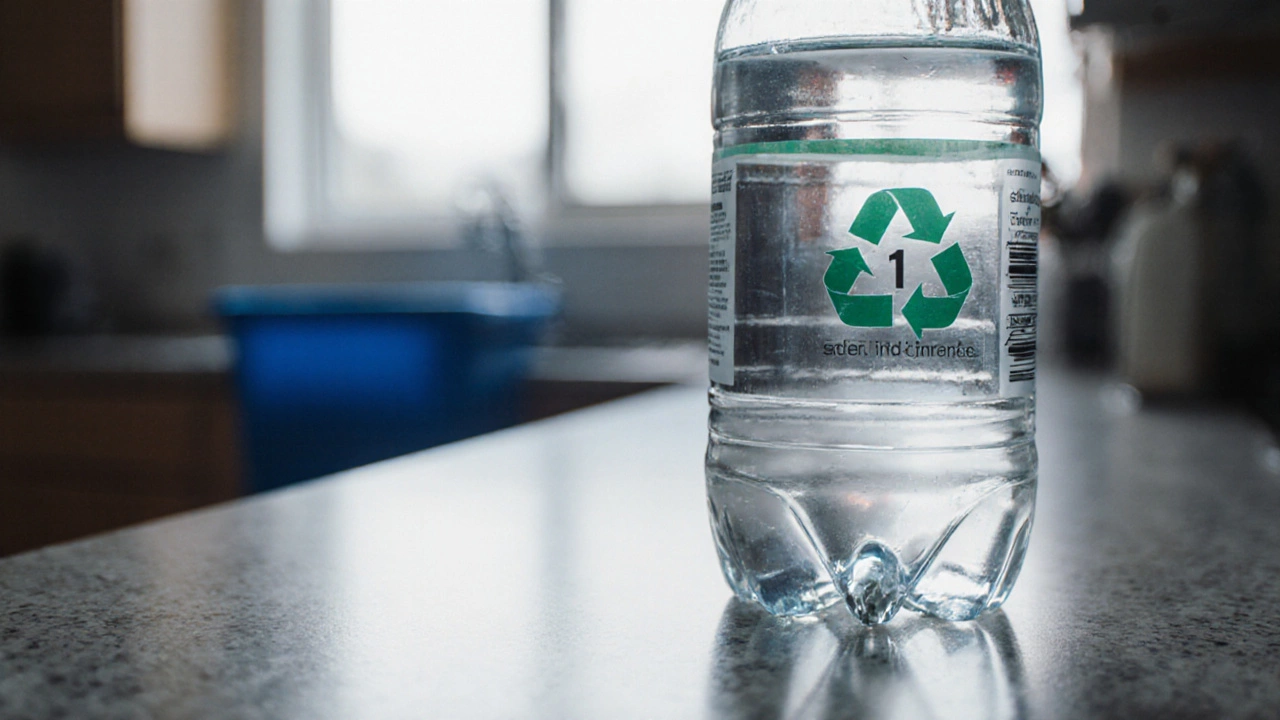Recycling Codes – Understanding Plastic Identification Numbers
When dealing with recycling codes, the numbers stamped on plastic items that tell you which type of resin it is. Also known as plastic resin identification codes, these symbols are the backbone of modern waste sorting. They let manufacturers, recyclers, and consumers know if a bottle, bag, or container can be turned into new products. In short, recycling codes bridge the gap between everyday trash and a circular economy.
Key Codes, Materials, and Their Role in the Recycling Process
The journey starts with the plastic resin identification code, a system that assigns a number from 1 to 7 to each resin type. This code determines how the material behaves in sorting facilities. For example, PET, polyethylene terephthalate, the clear plastic used in water bottles, is marked with the number 1. Its lightweight nature makes it easy to melt down and reform into new containers or fibers. HDPE, high‑density polyethylene, found in milk jugs and detergent bottles, carries the number 2. Its strength and chemical resistance let it become sturdy piping or recycling bins after processing. Understanding these codes helps the recycling process, the series of collection, sorting, cleaning, and re‑manufacturing steps that turn waste into raw material run efficiently. When a code matches a facility’s capabilities, the material stays in the loop; when it doesn’t, it often ends up in landfill.
Beyond PET and HDPE, other codes like #3 (PVC), #4 (LDPE), #5 (PP), #6 (PS), and #7 (other plastics) each have distinct properties and challenges. PVC, for instance, releases harmful gases when melted, which limits its recyclability. LDPE, used in grocery bags, can be turned into trash can liners or flooring, but it needs specialized equipment. Polypropylene (#5) is versatile for caps and straws and is gaining market share because it’s easy to reprocess. The diversity of codes means that a well‑informed consumer can make smarter choices—choosing items with codes that local recyclers accept reduces contamination and improves overall material recovery rates.
All this matters because the effectiveness of recycling codes directly impacts sustainability goals. When you spot the right number on a product, you’re not just following a label; you’re enabling the circular flow of resources. Below, you’ll find articles that dig deeper into specific codes, compare global demand for recyclable plastics, and offer practical tips on how to read and use these symbols in everyday life. Ready to turn those little numbers into big environmental wins? Explore the collection and see how simple knowledge can drive real change.
Understanding Plastic Recycling Number 1: PET Explained
Learn what the number1 under plastic bottles means, why it denotes PET, how PET is recycled, its benefits, and how to handle it responsibly.
- manufacturing
- India
- food processing
- garden tips
- rice cultivation
- government schemes
- balcony garden
- urban gardening
- balcony gardening
- profitable business
- business ideas
- plastic manufacturing
- drip irrigation
- plant care
- steel manufacturing
- sustainable gardening
- startup ideas
- steel industry
- flower gardening
- textile manufacturers






